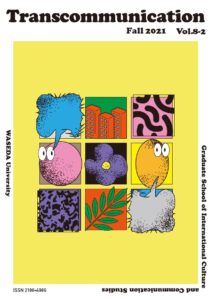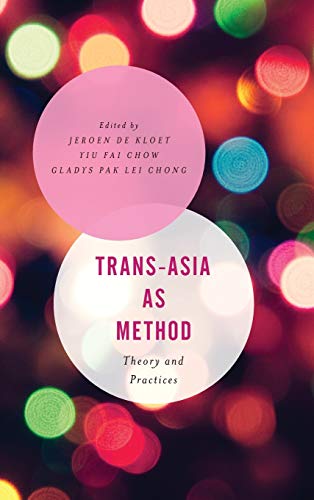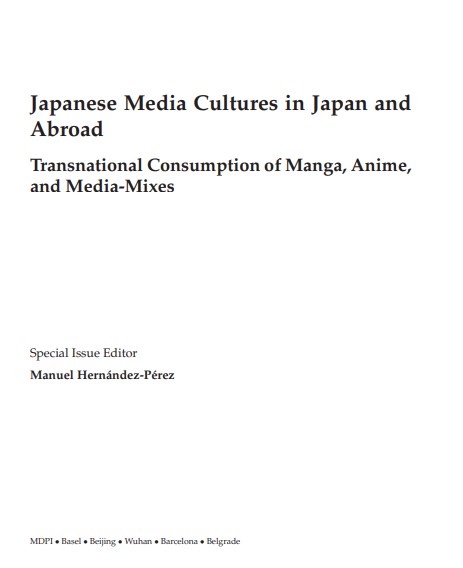
The sustained achievement of the Kimetsu no Yaiba film in the number 1 spot at the box office and claim to the highest grossing film of all time in Japan marks an important achievement for late-night TV anime. While two other anime, Sen to Chihiro no Kamikakushi and Kimi no Na ha, have reached similar levels of sales and popularity, neither of these works were based on an established late-night TV anime like Kimetsu no Yaiba is. This may invite questions of what makes Kimetsu no Yaiba so special as to achieve this degree of fame. However, instead of pursuing the question of Kimetsu no Yaiba’s uniqueness, this presentation will instead explore how conventional the anime actually is, through an examination of its media-form, exploring how Kimetsu no Yaiba performs as an anime. Such an exploration will examine some of the recent trends in anime that are employed in Kimetsu no Yaiba, including certain character types, narrative tropes, and character designs. In addition, I will examine some of the patterns of production, and, in comparison with the manga, reveal how the media-formal elements of both mediums reveal divergent types of transnationality.






